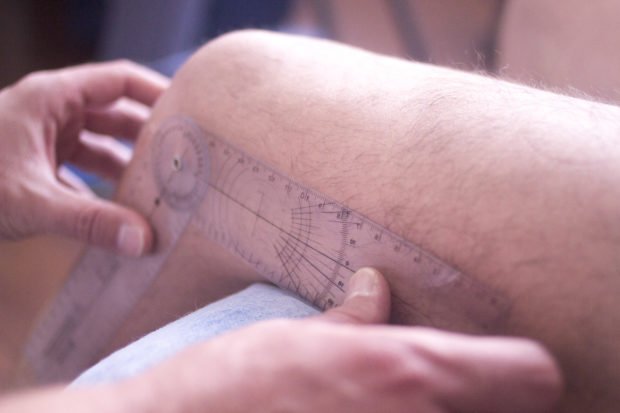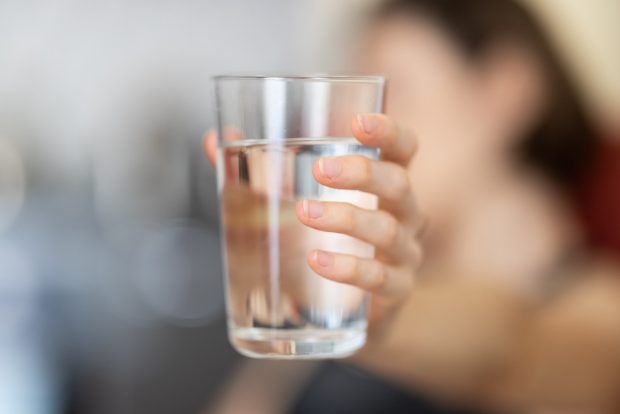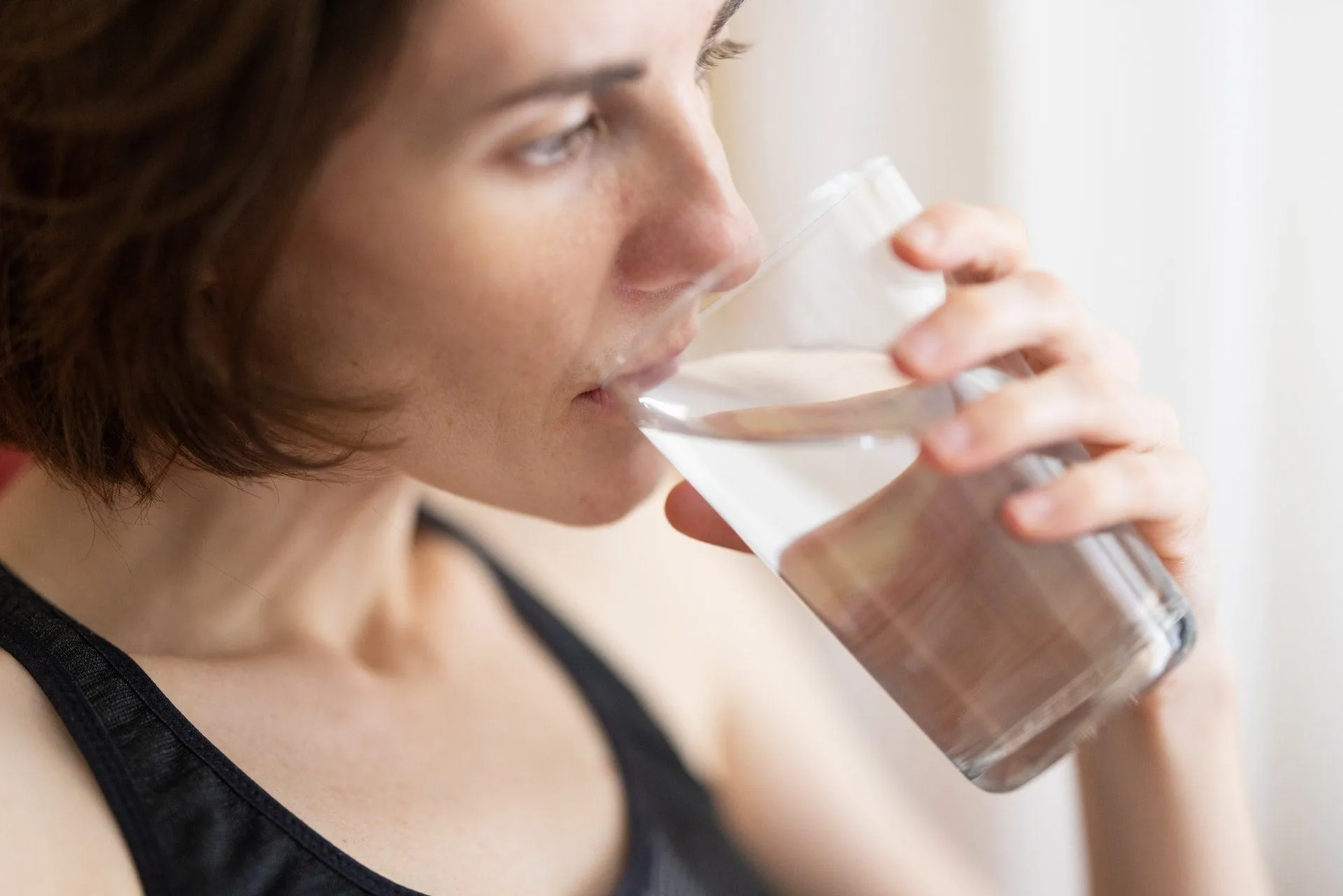Most people are familiar with the common symptoms of dehydration, including muscle cramps, excessive feelings of thirst, and lightheadedness. However, these symptoms occur when someone is severely dehydrated, while less-noticeable issues arise much earlier. Longevity Live Paid Content.
Chronic dehydration can lead to multiple chronic health issues and create additional problems with joint pain and injury recovery. Maintain proper hydration levels by grabbing good quality drinking water and start to reap the rewards in no time.
How Does Water Impact Health?
When the human body has the best drinking water at the proper levels needed to function correctly, the natural systems within it can work to deliver the required nutrients and vitamins to cells throughout the body. In addition, hydration plays a significant role in protecting vital organs and fragile tissues as circulation and blood volume, which aid in recovery time and proper function, are affected by water intake levels.
Since the body constantly uses and expels fluids, your internal supply is always depleted. This is why drinking water throughout the day is crucial to stay ahead of your body’s needs. Unfortunately, dehydration can also increase the risk of chronic inflammation, as the body does not have the necessary tools to flush out waste, preventing it from being in the optimal state to fight chronic health issues.

edwardolive/shutterstock
Hydration & Joint Pain
Dehydration can exacerbate joint pain due to its lubricating effect on joints. It is estimated that 70-80% of the cartilage found in joints is made from water. Synovial fluid is the name given to the thick lubrication that acts as a cushion to prevent bones from rubbing against each other. The liquid is found in joints throughout the body, including hips, knees, feet, shoulders, and hands.
With proper water levels, this gel-like substance will provide nutrition, shock absorption, lubrication, and cushioning. However, it is worth noting that dehydration is not the root cause of joint pain but merely a contributing factor.
Rheumatoid Arthritis
Rheumatoid arthritis is an autoimmune disease where the immune system begins to attack the tissues surrounding joints. By nature, it goes through stages of flare-ups and diminished symptoms. It usually appears in smaller joints like fingers and toes and can be further exacerbated by poor hydration levels.
Specific symptoms like diarrhea and vomiting, as well as certain medicines prescribed for pain management, can inhibit water from reaching the necessary parts of the body. Therefore, it is critically important to continue to drink adequate amounts of water daily to promote the production of synovial fluid, reduce inflammation, and encourage new tissue growth in cartilage.
Osteoarthritis
Often referred to as ‘wear and tear’ arthritis, osteoarthritis is one of the most common causes of joint pain. It typically appears in the larger joints of the hips and knees, making it a debilitating condition. It occurs when the joints become worn or defective, typically because of genes, age, and lifestyle habits such as obesity.
In many cases, sufferers are encouraged to exercise more and lose weight, reducing the load on their bodies. In addition, drinking water will aid in weight loss and increase blood circulation, promoting more potent tissue cells in the affected areas.
Gout
Gout is typically triggered by unusually high levels of uric acid in the bloodstream. When the body cannot effectively dispose of this acid, it crystallizes around the joints, negatively affecting the connective tissue.
The influx often results from a diet rich in purines, found in meat, fish, and some alcoholic beverages. The body cannot dissolve it correctly, and your kidneys will struggle to pass it. Boosting your water intake will help your kidney function and its ability to flush out uric acid properly.
Joint Injuries
Joint injuries can occur in many ways, from sporting accidents to bursitis. Violent impact, repetitive motions, or inflammation can trigger your pain. In some cases, surgery may be the only solution to the problem, but drinking plenty of water will help to reduce inflammation and support circulation and the immune system, all aiding in a faster recovery.
Tips to Drink More Water
Improving your water intake to improve your health is not a once-off task. Instead, it is a daily habit that needs to be accommodated and maintained. To create a pattern, you need to look for ways to increase your consumption that can effortlessly slide into your daily routine.
There are a few simple changes you can make to help with this process. First, start each day by drinking a tall glass of water to replenish any water lost overnight. Carry a reusable bottle with you throughout the day to keep water at hand and easily accessible. Substitute other drinks with water for meals. Use a water-tracking app or set alarm reminders to hold yourself accountable.
Furthermore, if you don’t like the taste of plain water, add flavor drops, fresh fruit, lemon juice, or mint leaves to make it more enjoyable.

Photo by engin akyurt on Unsplash
Daily Intake Goal
Your daily intake goal will vary depending on age, sex, activity levels, pregnancy and breastfeeding status, and outdoor temperatures. However, the most effective way to monitor your hydration levels is by looking for warning signs your body sends you regarding potential dehydration.
You may experience physical symptoms like a dry mouth, a headache, or increased levels of thirst. The color of urine will change according to the water levels in your body, with light yellow or clear indicating high levels, while dark yellow indicates you need to drink more. Additionally, the volume of urine output per day is another strong indicator.
Finally, it is essential to understand the difference between hunger and thirst cues. Many people mistake feeling hungry, when in fact, your body is signaling a need for water. Drink a tall glass with each meal and before your daily snacks to assess what your body really requires.
Who is the author?

Carly Rea has been a health and fitness content creator for the past 8 years and spends most days looking for meaningful ways to connect the mind, body, and soul.



![women [longevity live]](https://longevitylive.com/wp-content/uploads/2020/01/photo-of-women-walking-down-the-street-1116984-100x100.jpg)










